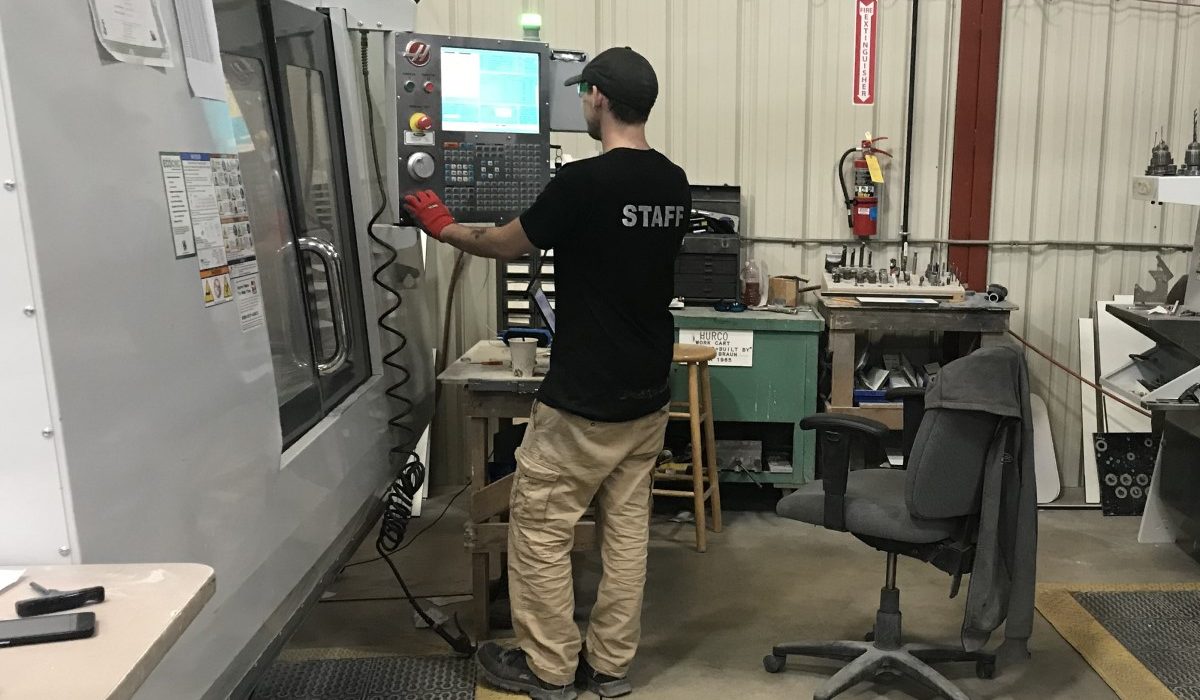5 Factors That Can Impact Your Quote for Non-Metallic Fabrication
When engineering, project managers and supply chain personnel find themselves requesting quotes for fabricating non-metallic products, it is important to understand the variables that can impact the numbers.
Here are the top 5 things that can impact the quote price for fabricating non-metallic products such as insulation or surface materials.
1. Material Density
Generally speaking, ceramic fiber alumina-silica products such as paper, blankets and stone wool products (such as cavity rock), are less expensive per square foot than harder and denser materials (such as phenolic, epoxy or cement-based refractory boards).
With increased product thickness comes an increase in cost of materials as well. Harder and more dense materials require slower cutting and machining speeds that add time to the fabrication process.
2. Design Complexity
Programming a 3D model is generally performed at the engineering and/or machinist level but for smaller runs, the impact can be more evident than longer runs or recurring orders where the cost is amortized over a higher number of units.
Also, the overall quantity and complexity of holes (i.e. through, angle, counterbores, cut-outs, etc.) can increase programming time and overall machine run time.
3. Machine Time
Certain materials can be softer and more susceptible to indentation when fixturing is not performed properly. It is paramount to use diligence to align and hold material in place without damaging the integrity of the insulation and avoid unwanted movement during machine run time.
4. Proper Aesthetics
If your application requires tapping threads or edges such as chamfers, bevels, fillets, or bull noses, the most appropriate and well-maintained tooling must be utilized to ensure the proper aesthetics.

